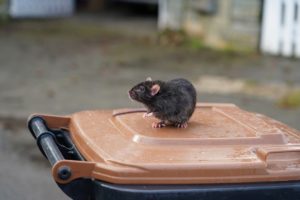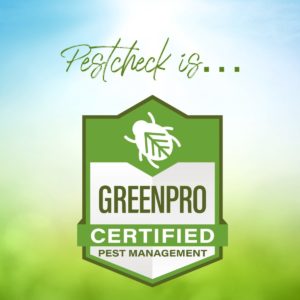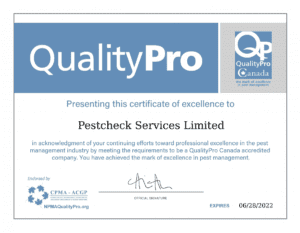

The Impact of Climate Change on Pest Control: How Rising Temperatures are Affecting Pest Populations
Climate change is a pressing issue that is affecting various aspects of our lives, including pest control. Rising temperatures and changing weather patterns have significant impacts on pest populations, leading








